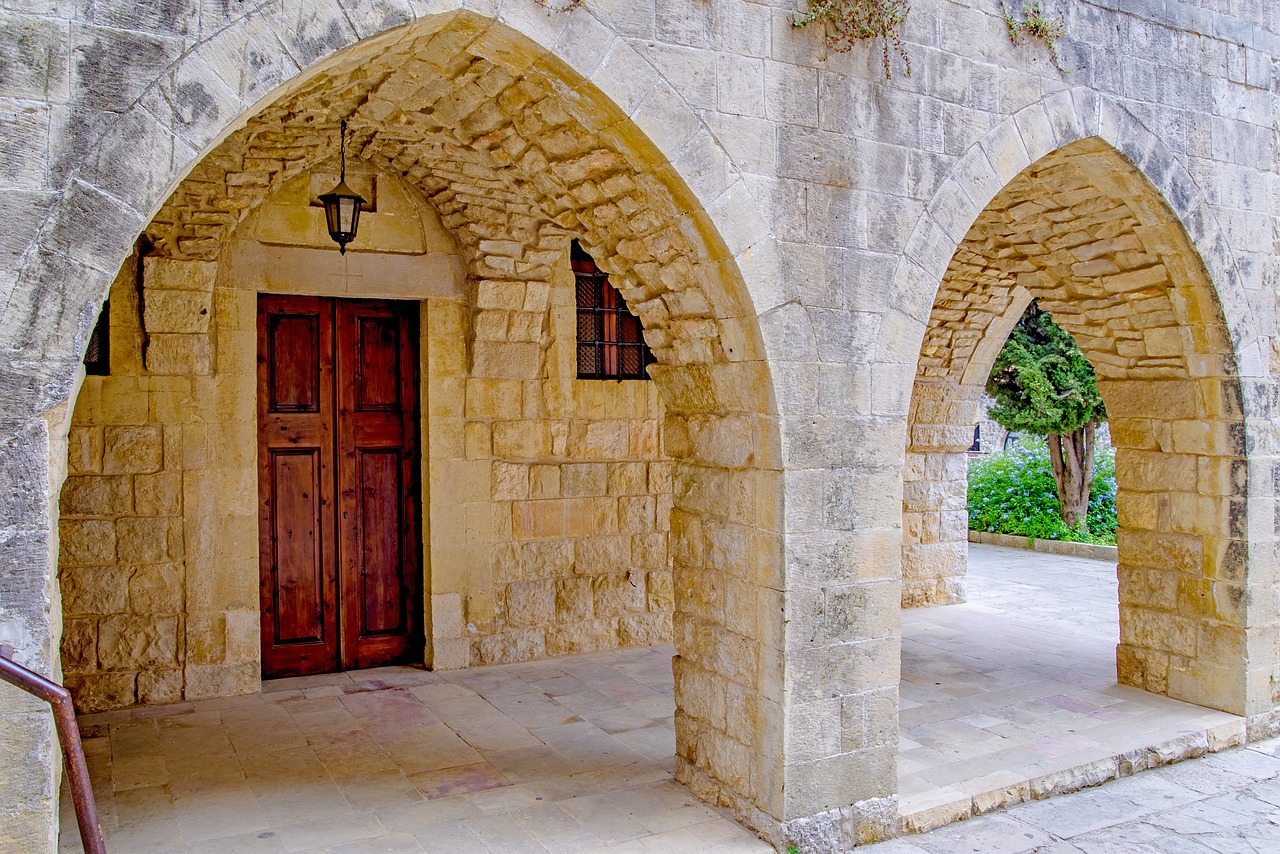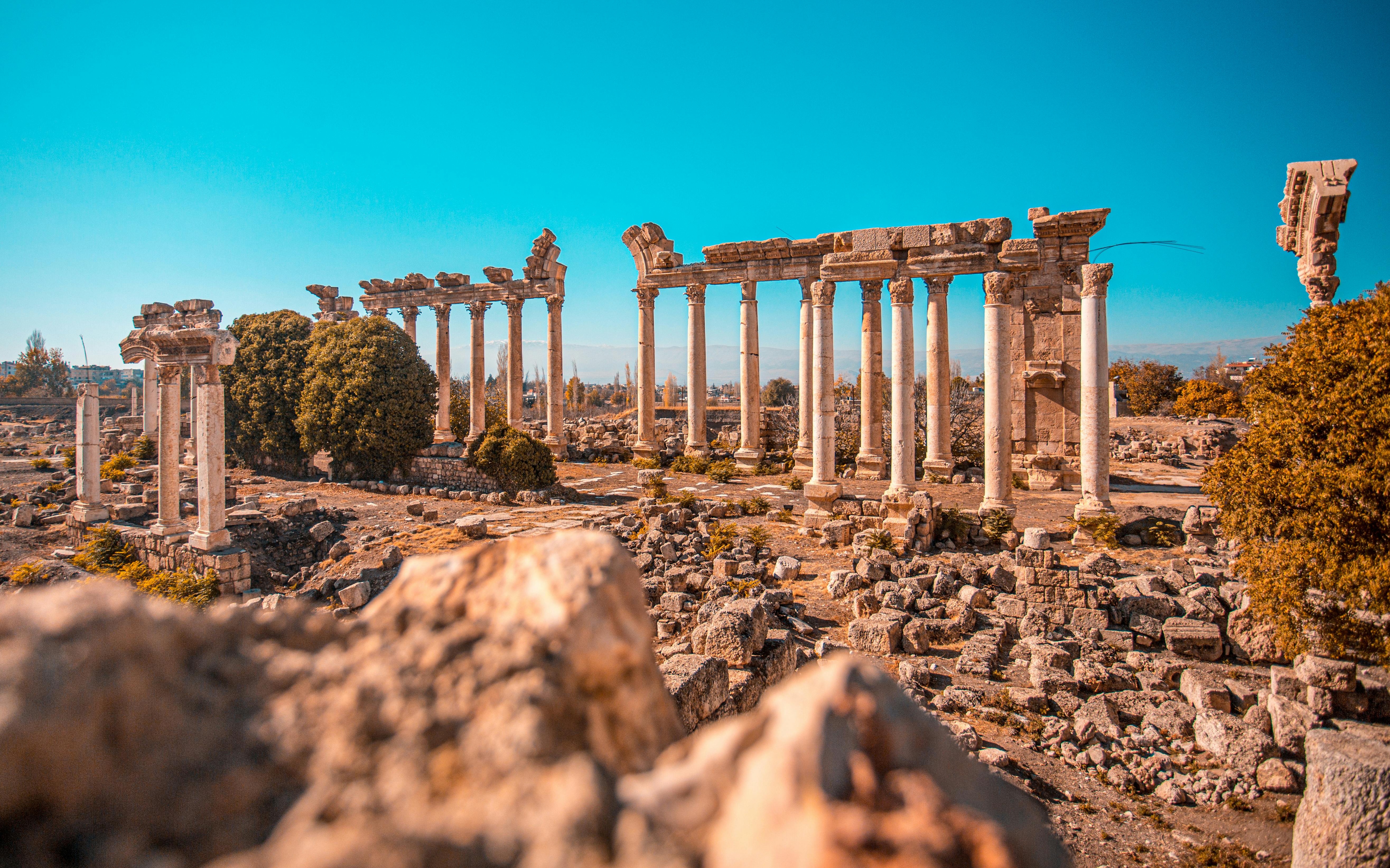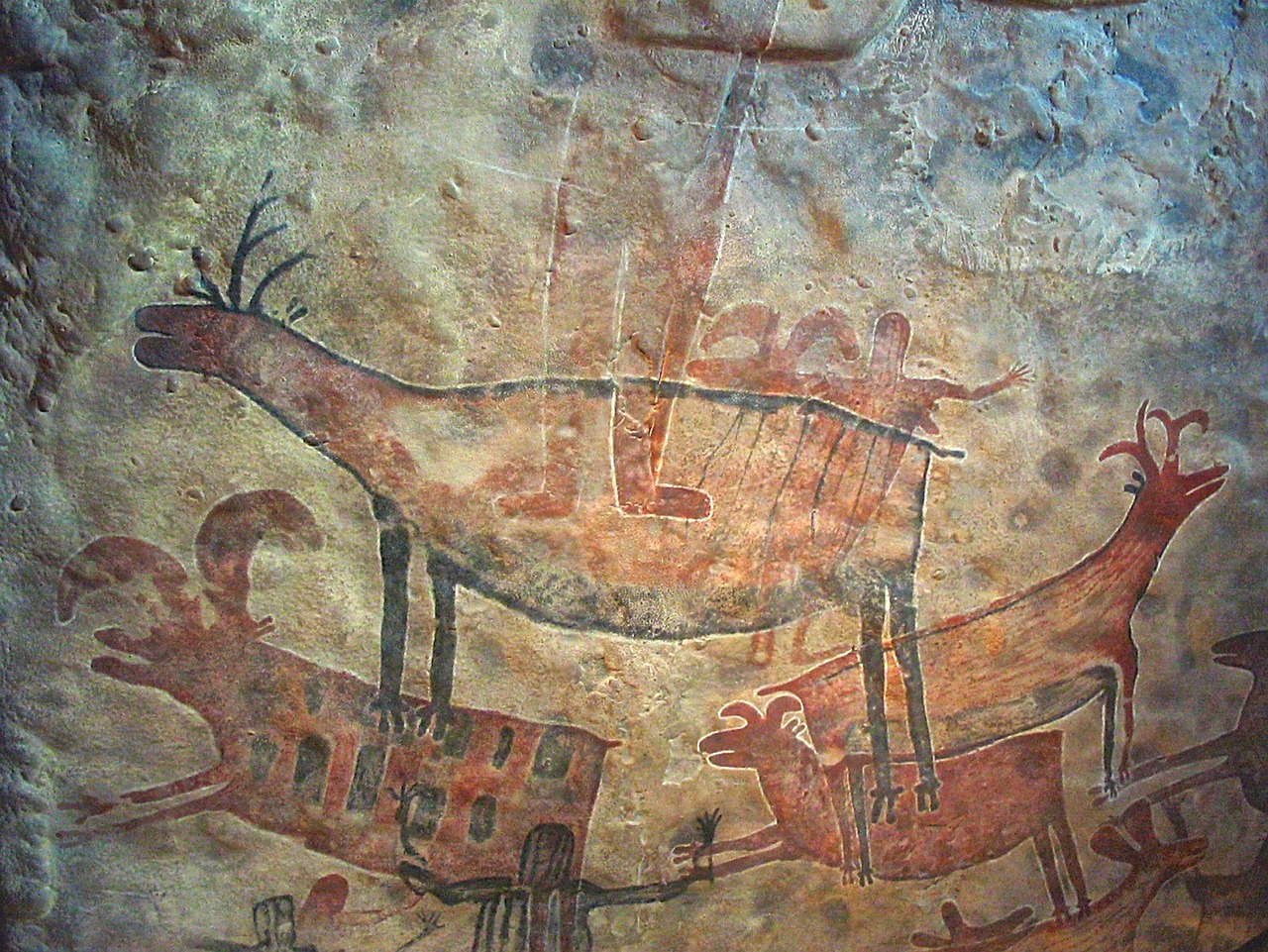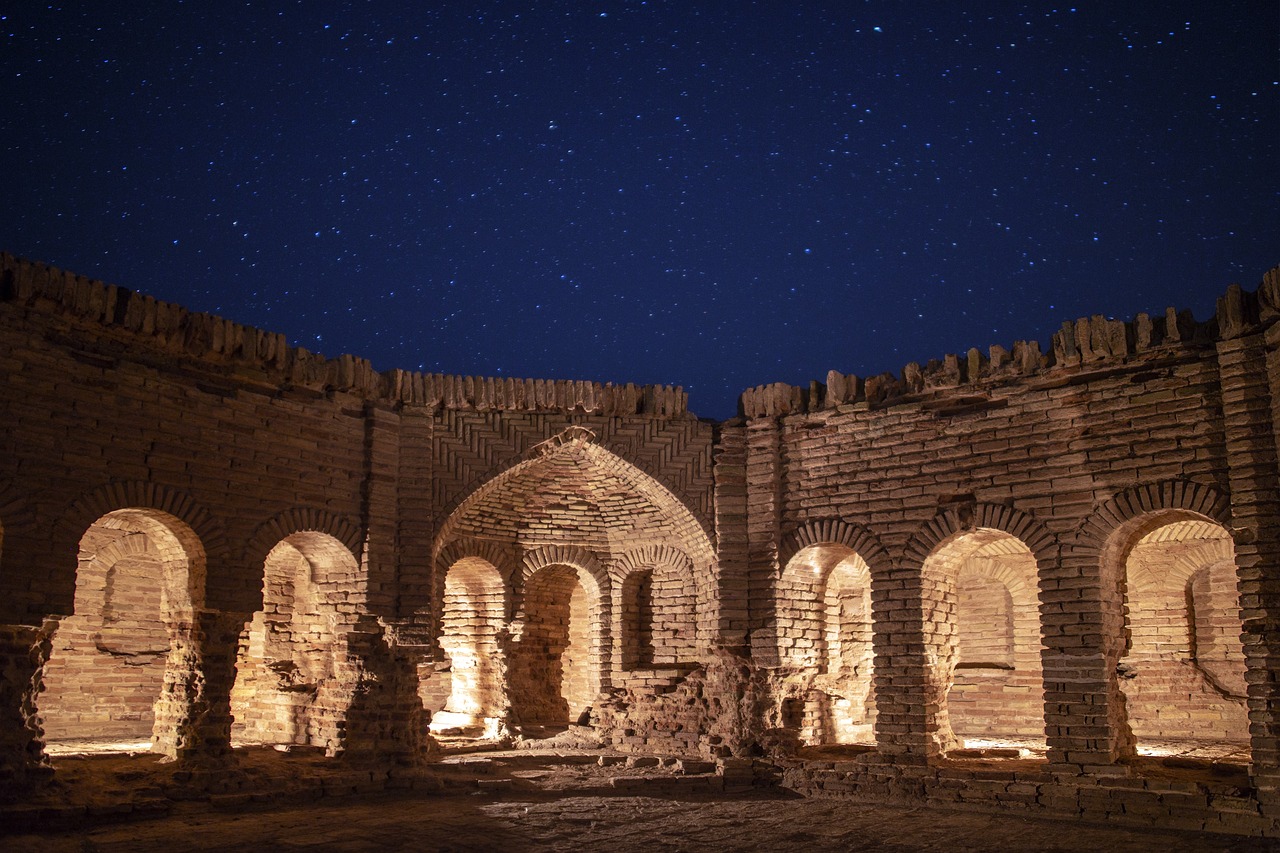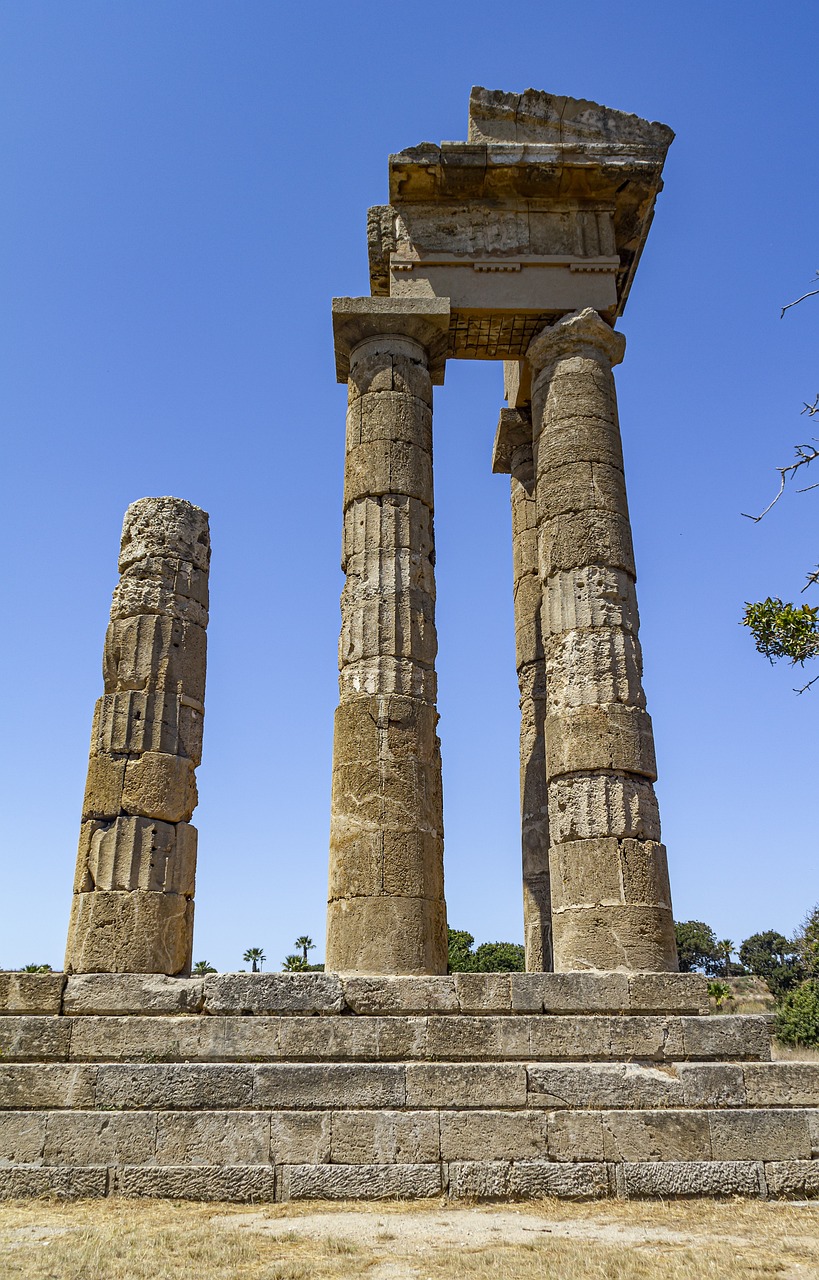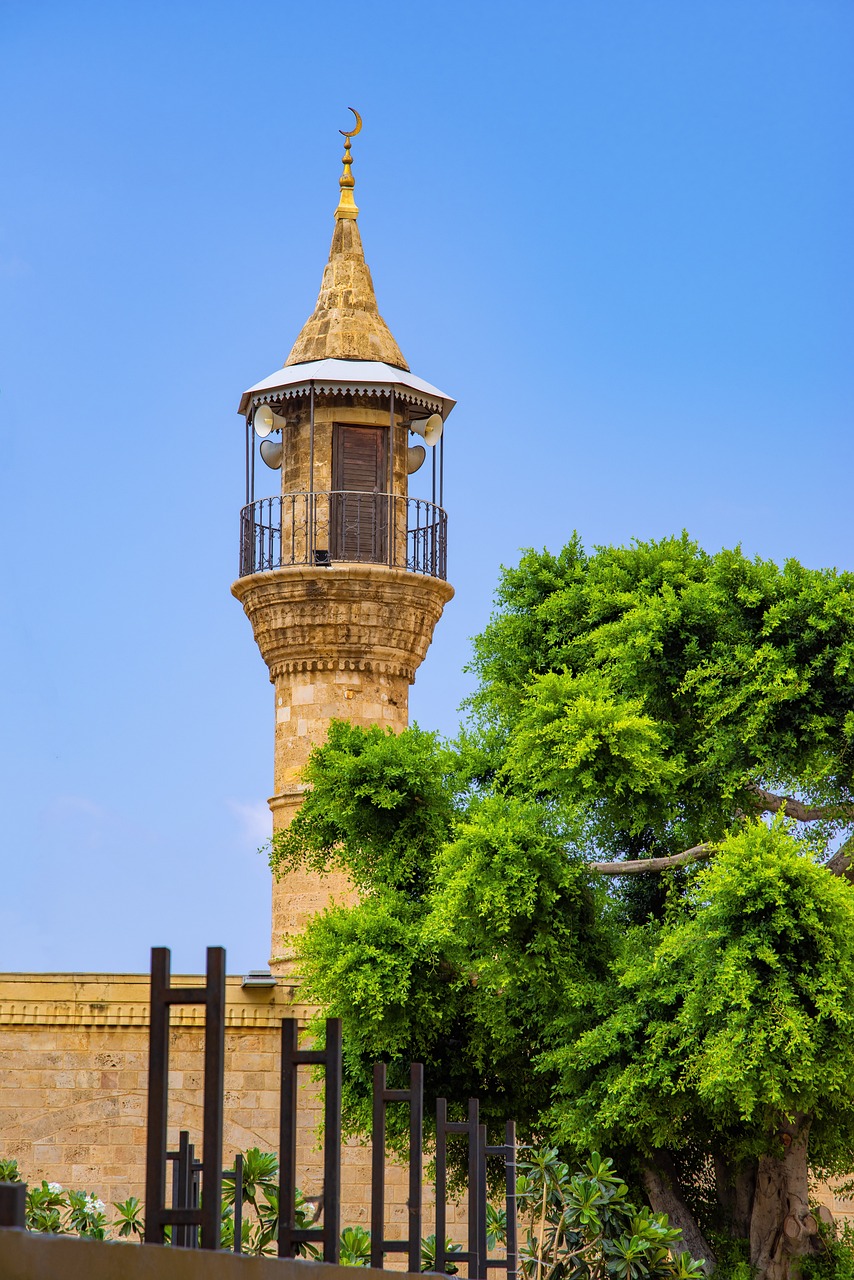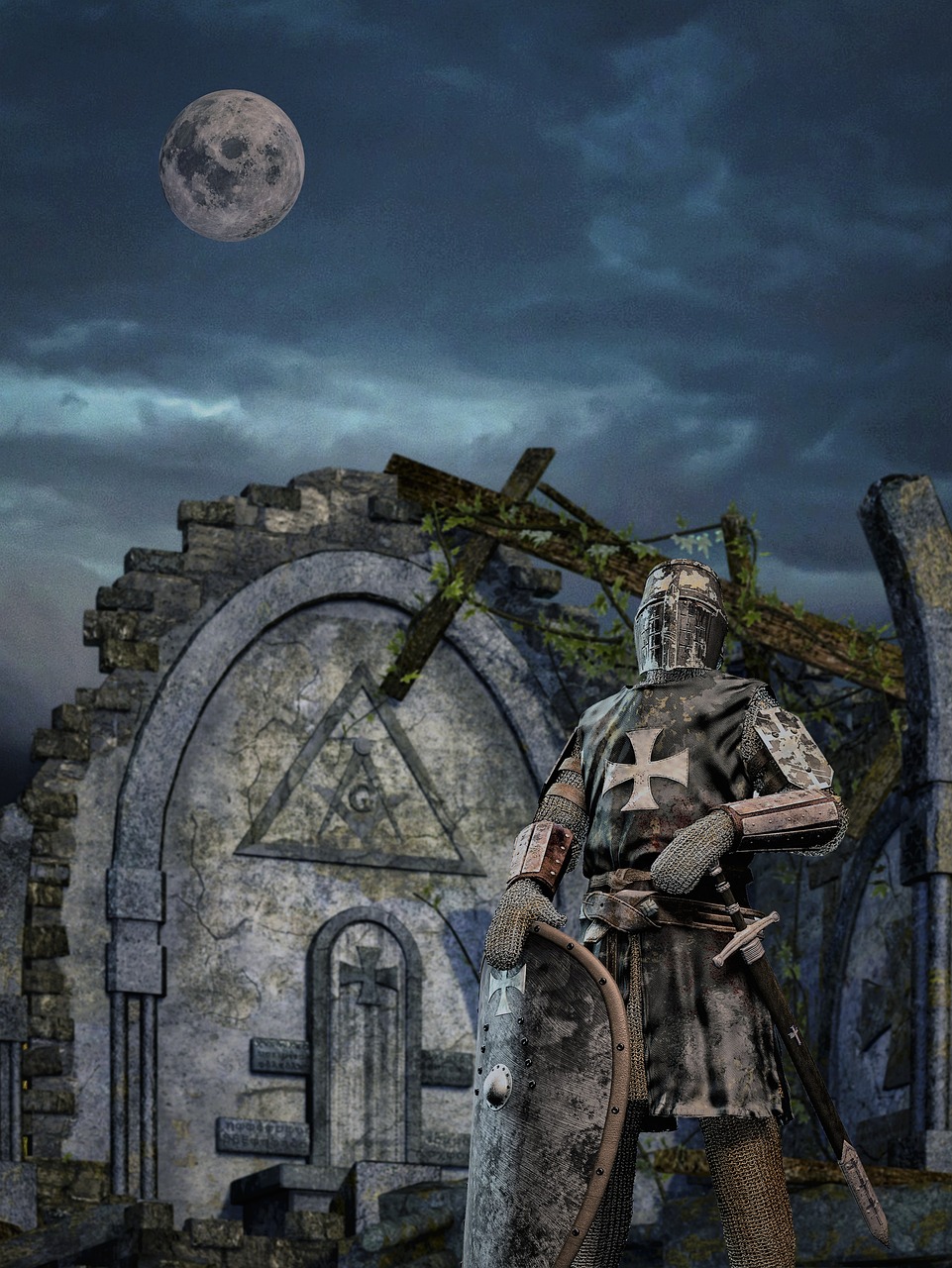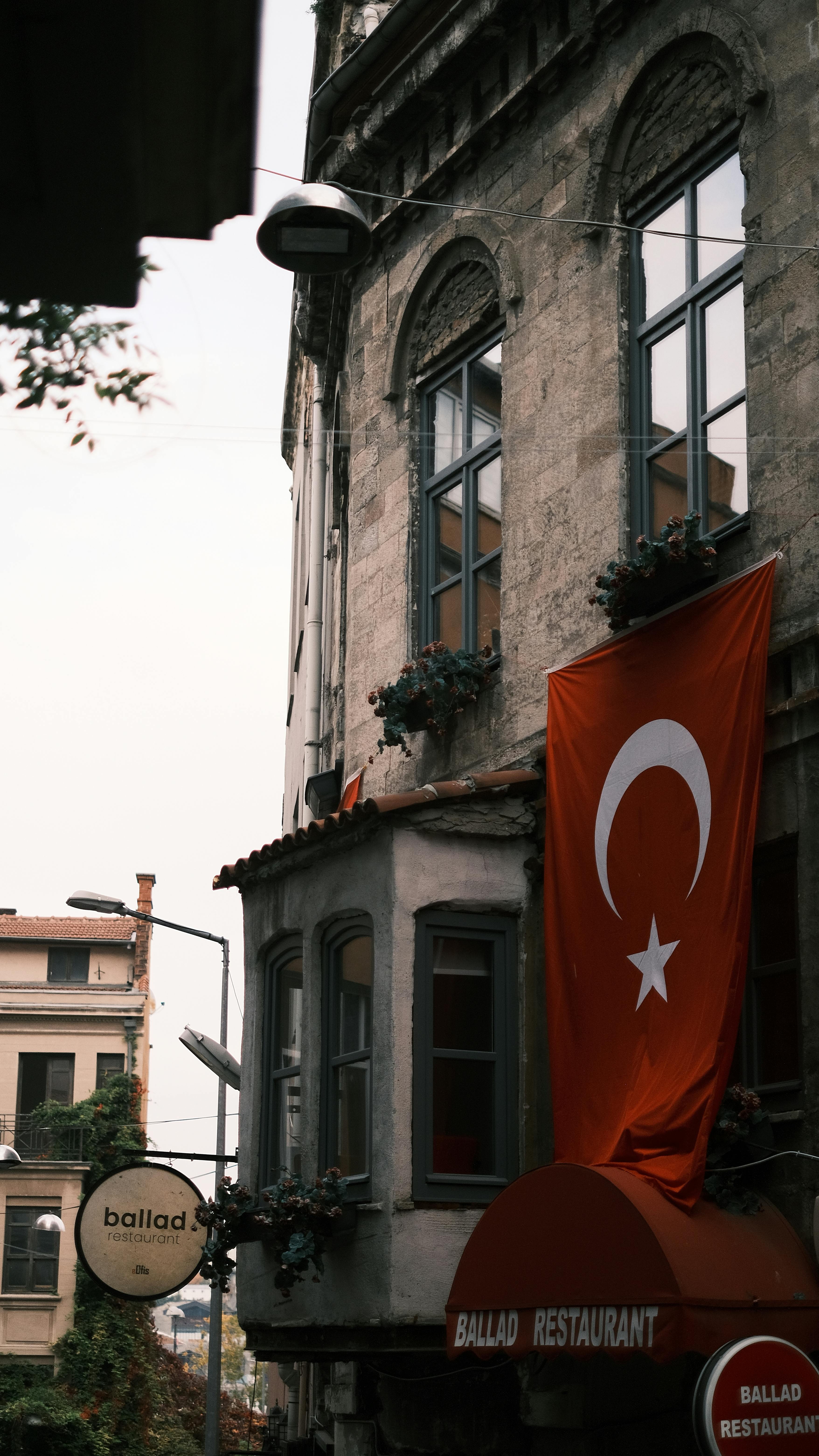Prehistoric Lebanon (100,000 BCE - 3,300 BCE)
Lebanon's history begins in prehistoric times with evidence of human settlements found in its caves and valleys. Archaeological discoveries reveal tools, pottery, and other artifacts that reflect the lives of early inhabitants during the Neolithic period. These communities were among the first to practice agriculture and domesticate animals in the region.

